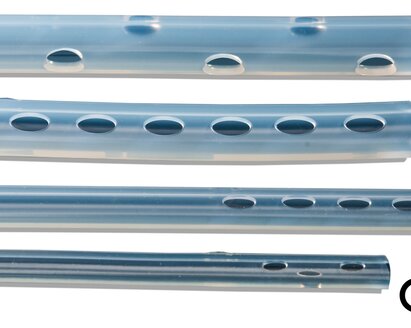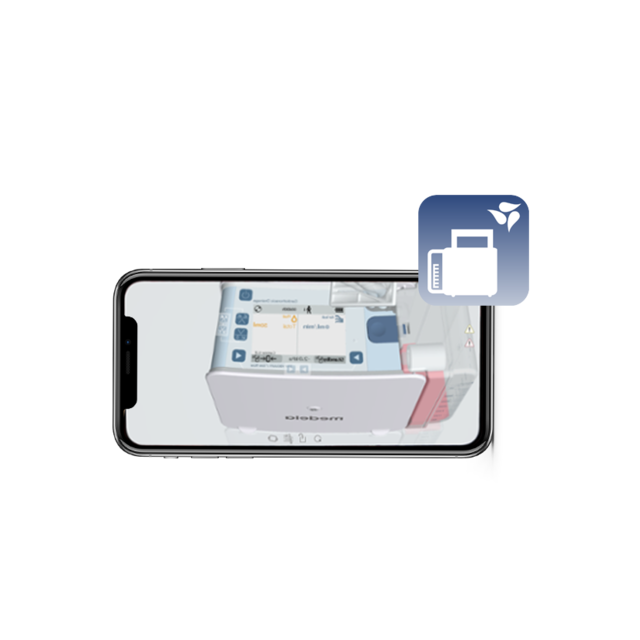1. Adler, Joseph; Malone, Daniel (2012): Early Mobilization in the Intensive Care Unit: A Systematic Review. In: Cardiopulmonary Physical Therapy Journal (Vol 23, No 1), 5-13.
2. Batchelor, Timothy J. P.; Rasburn, Neil J.; Abdelnour-Berchtold, Etienne; Brunelli, Alessandro; Cerfolio, Robert J.; Gonzalez, Michel et al. (2018): Guidelines for enhanced recovery after lung surgery: recommendations of the Enhanced Recovery After Surgery (ERAS®) Society and the European Society of Thoracic Surgeons (ESTS). In: Eur J Cardiothorac Surg 55 (1), S. 91–115. DOI: 10.1093/ejcts/ezy301.
3. Patricia Arias-Fernández, Macarena Romero-Martin, Juan Gómez-Salgado, Daniel Fernández-García: Rehabilitation and early mobilization in the critical patient: systematic review; J. Phys. Ther. Sci. 30: 1193–1201, 2018
4. van Willigen Z, Collings N, Richardson D, et al. Quality improvement: The delivery of true early mobilisation in an intensive care unit. BMJ Quality Improvement Reports 2016;5:u211734.w4726. doi:10.1136/bmjquality. u211734.w4726
5. A.R. Miranda Rocha, B.P. Martinez, V.Z. Maldaner da Silva, L.A. Forgiarini Junior: Early mobilization: Why, what for and how?; Medicina Intensiva (English Edition), Volume 41, Issue 7, October 2017, Pages 429-43;
6. Schaller, Stefan J. (2016): Early goal directed mobilisation in the surgical ICU a randomized controlled trial. In: Lancet (388), 1377-1388.
7. Rathinam, Sridhar; Bradley, Amy; Cantlin, Teresa; Rajesh, Pala B. (2011): Thopaz Portable Suction Systems in Thoracic Surgery: an end user assessment and feedback in a tertiary unit. In: Journal of cardiothoracic surgery 6, S. 59. DOI: 10.1186/1749-8090-6-59.
8. Cerfolio, Robert J.; Bryant, Ayesha S. (2009): The quantification of postoperative air leaks. In: Multimedia manual of cardiothoracic surgery: MMCTS 2009 (409), mmcts.2007.003129. DOI: 10.1510/mmcts.2007.003129.
9. Sihoe, Alan; Fang, Wentao; Liu, Lunxu; Liao, Hu; Liu, Chengwu; Feng, Jian; Zhang, Jitian: Objective and Patient-Reported Outcomes after Lung Resection Surgery are Improved by Digital Chest Drainage System compared to Water Seal System. Results from a Prospective Multicenter Database in China. In: Presented at ESTS, Ireland 2019
10. Ramos Dos Santos, P. M.; Aquaroni Ricci, N.; Aparecida Bordignon Suster, É.; Moraes Paisani, D. de; Dias Chiavegato, L. (2017): Effects of early mobilisation in patients after cardiac surgery: a systematic review. In: Physiotherapy 103 (1), S. 1–12. DOI: 10.1016/j.physio.2016.08.003.
11. Needham DM. Mobilizing patients in the intensive care unit: improving neuromuscular weakness and physical function. JAMA 2008;300:1685–90.
12. Schweickert, William D.; Pohlman, Mark C.; Pohlman, Anne S.; Nigos, Celerina; Pawlik, Amy J.; Esbrook, Cheryl L. et al. (2009): Early physical and occupational therapy in mechanically ventilated, critically ill patients: a randomised controlled trial. In: Lancet 373 (9678), S. 1874–1882. DOI: 10.1016/S0140-6736(09)60658-9.













